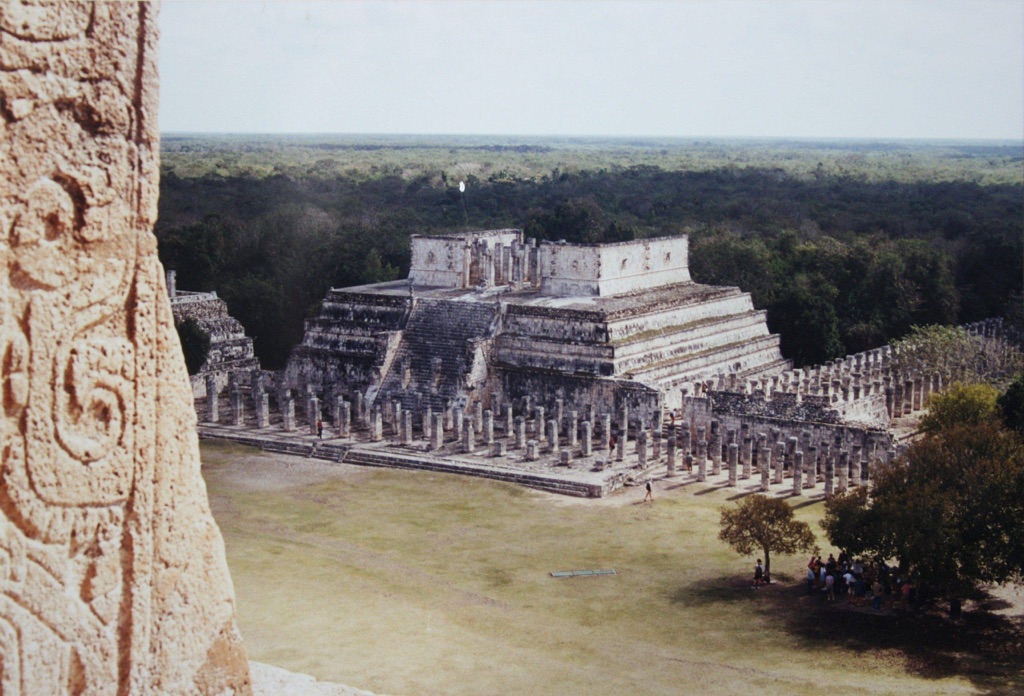Mexico, a country rich in culture and history, is home to an array of ancient sites and historical places that offer a window into the past civilizations that once thrived on its land. From the majestic pyramids built by the Maya and Aztecs to the colonial cities established during the Spanish conquest, Mexico’s historical sites are as diverse as they are awe-inspiring. These places not only showcase the architectural and artistic achievements of ancient peoples but also provide insight into their daily lives, religious practices, and societal structures. As visitors explore these ancient ruins and historical landmarks, they are transported back in time, gaining a deeper understanding and appreciation for the complex tapestry of cultures that have shaped Mexico’s rich heritage.
Get your dose of History via Email
Teotihuacan
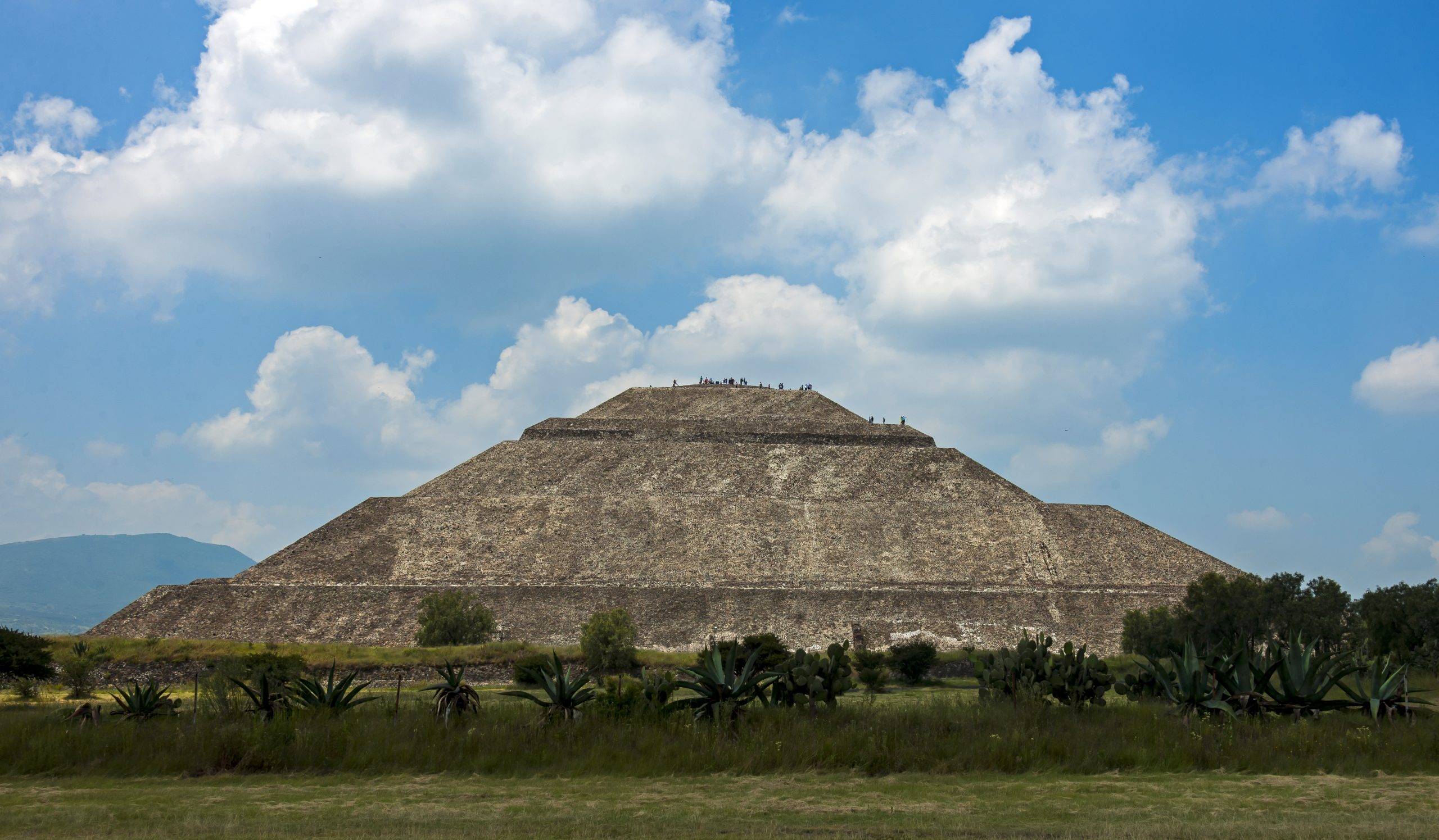
Teotihuacan, known as the City of the Gods, is a treasure trove of Mesoamerican history. It thrived between the 1st and 7th centuries AD. The site boasts the Pyramid of the Sun and the Pyramid of the Moon, which align with celestial events. Visitors marvel at the Avenue of the Dead, a grand road linking the structures. For the best experience, visit during the cooler months, from November to March. There’s an entrance fee, and early mornings are less crowded.
Chichen Itza
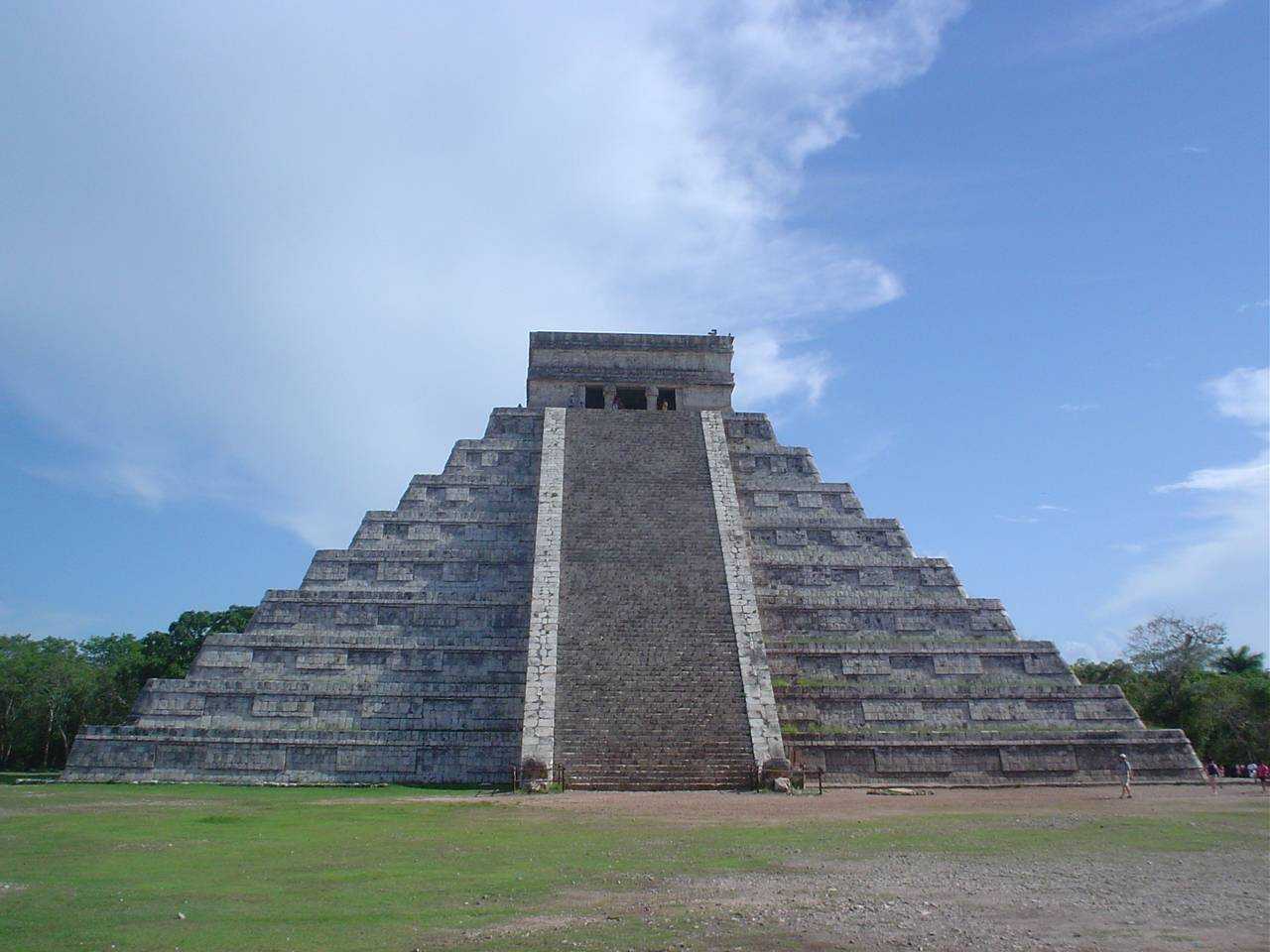
Chichen Itza, a UNESCO World Heritage site, was a major focal point in the Mayan civilization from AD 600 to 1200. The iconic El Castillo pyramid demonstrates advanced astronomical knowledge. The site’s ball courts, temples, and the Wall of Skulls are equally fascinating. Visit during spring or autumn equinox to see the serpent shadow on El Castillo. There’s an entrance fee, and it’s wise to arrive early to beat the heat and crowds.
Palenque
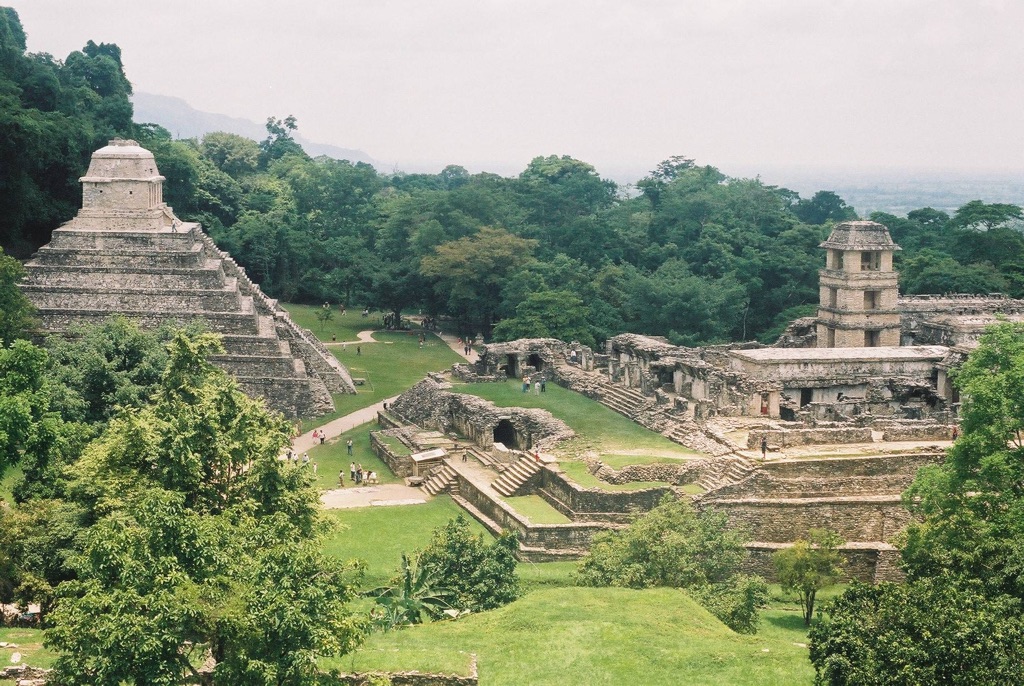
Palenque in Chiapas is a gem of Mayan architecture, dating back to 226 BC to roughly 799 AD. The Temple of the Inscriptions is a highlight, housing ancient hieroglyphs and the tomb of a Mayan ruler. The site’s aqueducts and intricate carvings are also noteworthy. The cooler dry season, from November to April, is ideal for visiting. There’s an entrance fee, and guided tours offer deeper insights.
Monte Alban
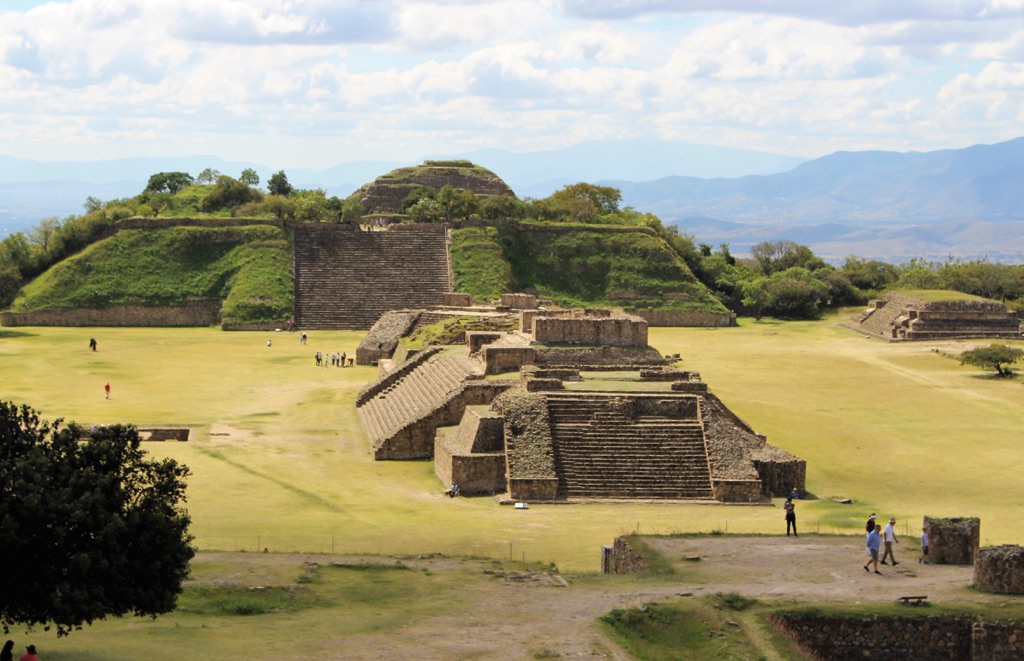
Monte Alban, once the Zapotec civilization’s capital, dates back to 500 BC. Its Grand Plaza and observatory reflect the Zapotecs’ sophistication. The Danzantes carvings, depicting human figures, are a unique feature. The best time to visit is from October to April. There’s an entrance fee, and mornings offer cooler temperatures for exploring.
Tulum

Tulum, perched on the Yucatan Peninsula’s cliffs, was a Mayan port city from the 13th to the 15th centuries. Its seaside Castillo offers breathtaking views. The Temple of the Frescoes showcases Mayan artwork. Visit early in the morning or late afternoon to avoid crowds and heat. There’s an entrance fee, and the nearby beach is perfect for a post-visit swim.
Uxmal
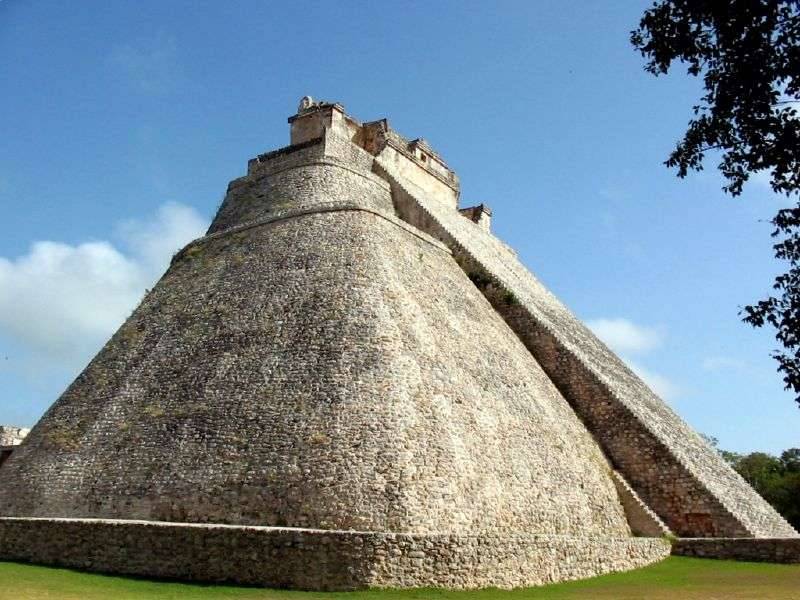
Uxmal, a pinnacle of late Maya art and architecture, flourished from 700 to 1000 AD. The Pyramid of the Magician and the Governor’s Palace are notable for their rounded corners and detailed facades. Visit from November to March for pleasant weather. There’s an entrance fee, and consider a light and sound show in the evening.
El Tajin
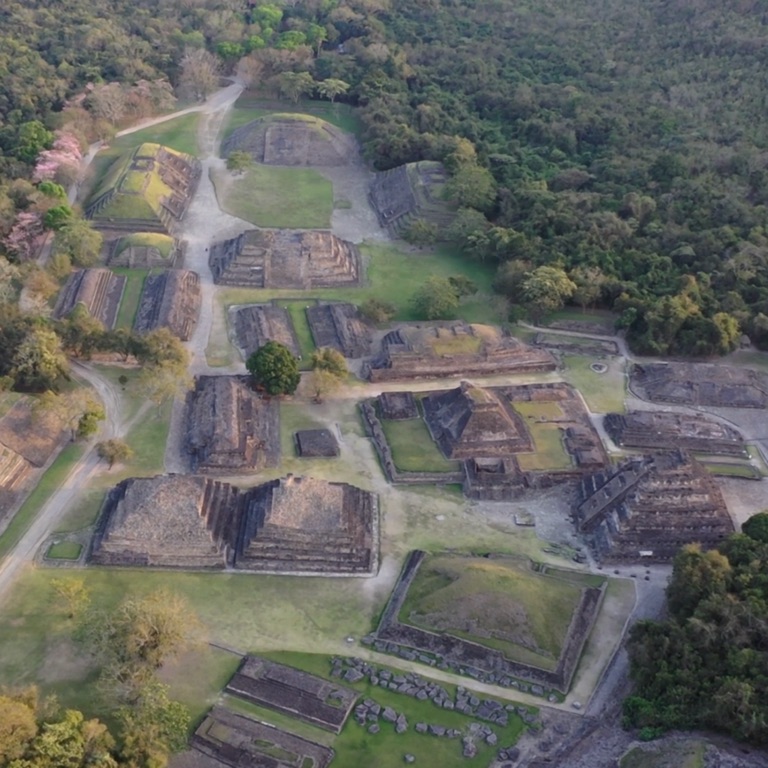
El Tajin, dating back to 600 AD, was an important city in the Classic era of Mesoamerica. The Pyramid of the Niches is famous for its geometric precision. The site’s ball courts and intricate reliefs are also significant. The best time to visit is during the Cumbre Tajin festival in March. There’s an entrance fee, and the site is less crowded on weekdays.
Coba
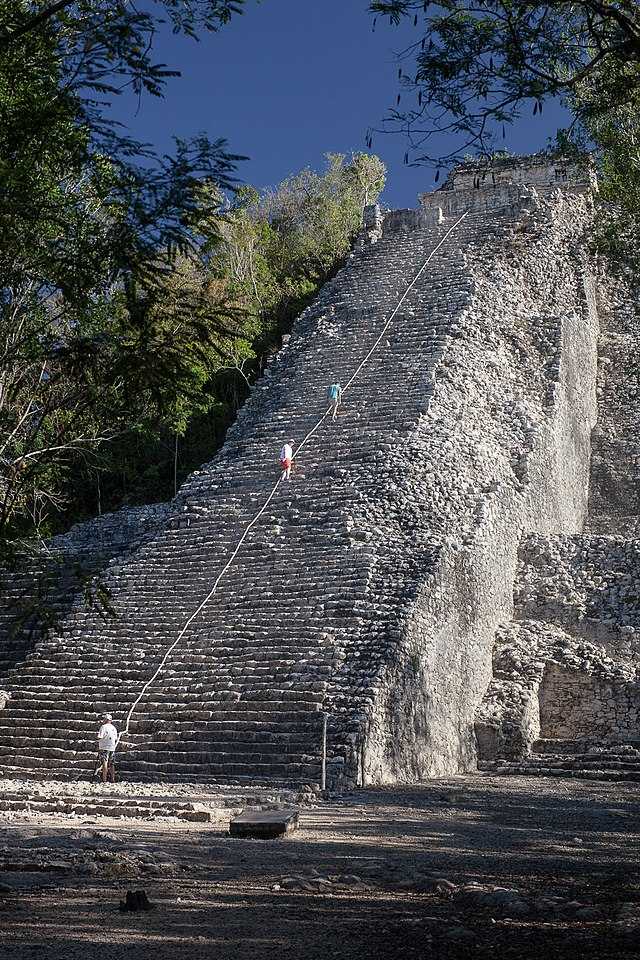
Coba, nestled in the Yucatan jungle, was a major Mayan city between 600 and 900 AD. Its Nohoch Mul pyramid is one of the few visitors can still climb. The network of stone causeways, or sacbeob, is another highlight. Visit from October to April for cooler weather. There’s an entrance fee, and renting a bike is a fun way to get around the large site.
Bonampak
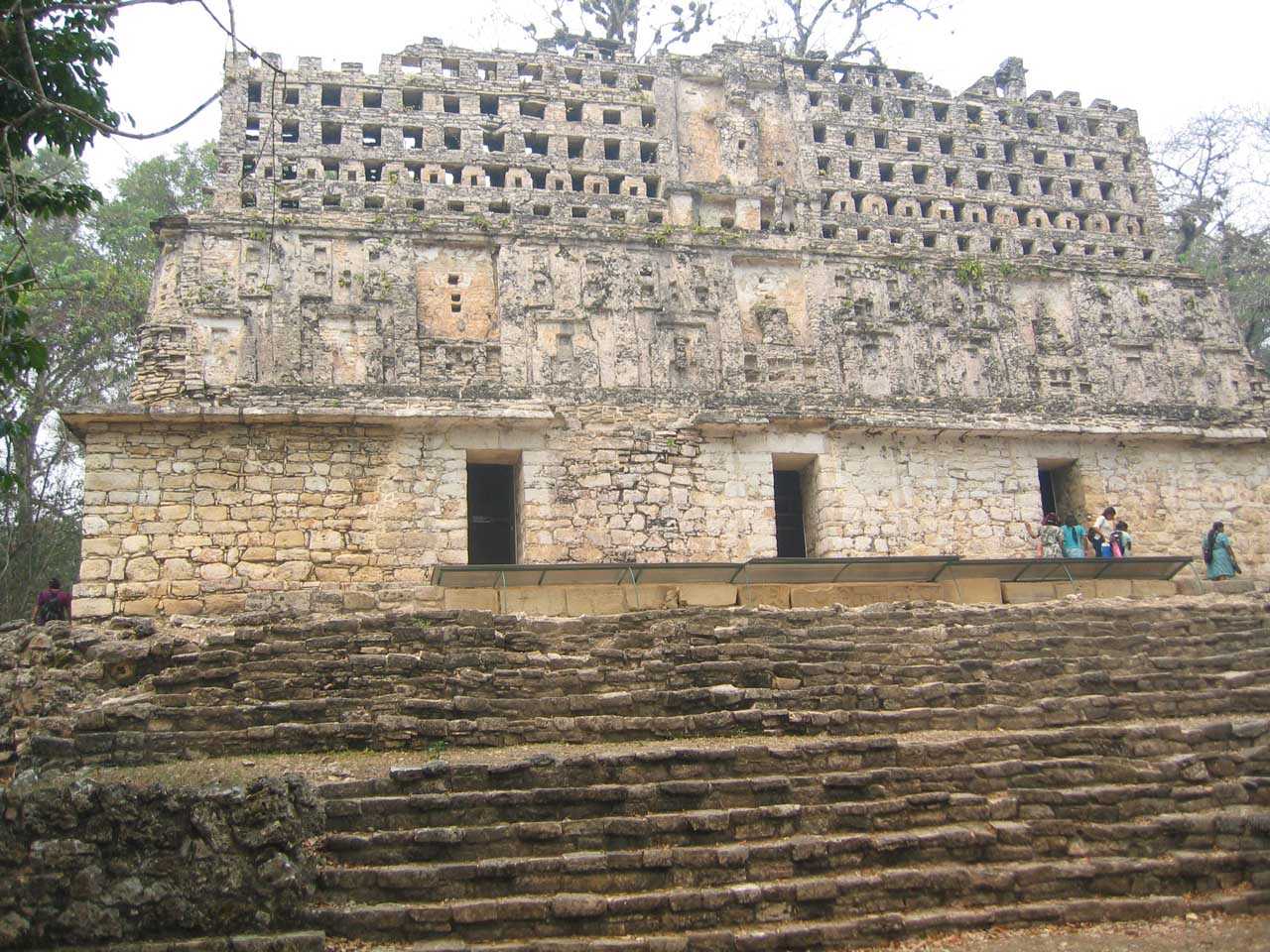
Bonampak, famous for its vivid murals, was a Mayan site occupied from 580 to 800 AD. The murals in the Temple of the Murals depict Mayan life and rituals. The site’s remote location preserves its tranquility. The dry season, from November to April, is the best time to visit. There’s no entrance fee, but the journey there is an adventure in itself.
Templo Mayor
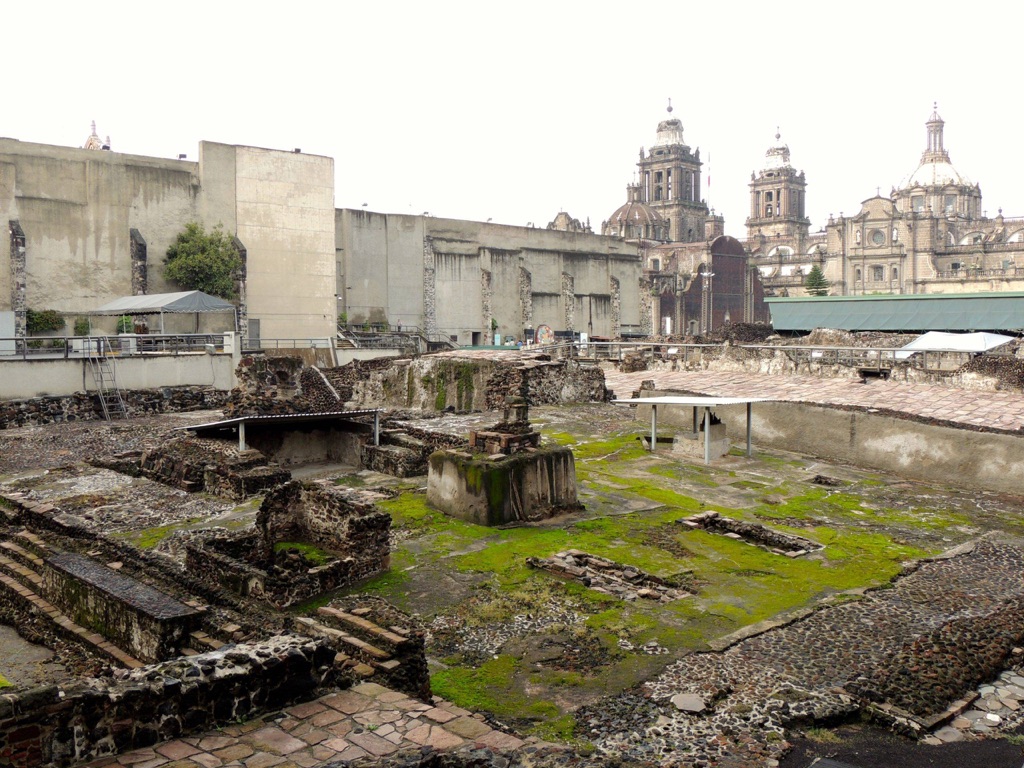
Templo Mayor, in the heart of Mexico City, was the Aztec empire’s main temple, built in the 14th century. The twin temples dedicated to the gods of war and rain are central. The on-site museum displays Aztec artifacts. Visit any time of year. There’s an entrance fee, and the museum is a must-see for context.

